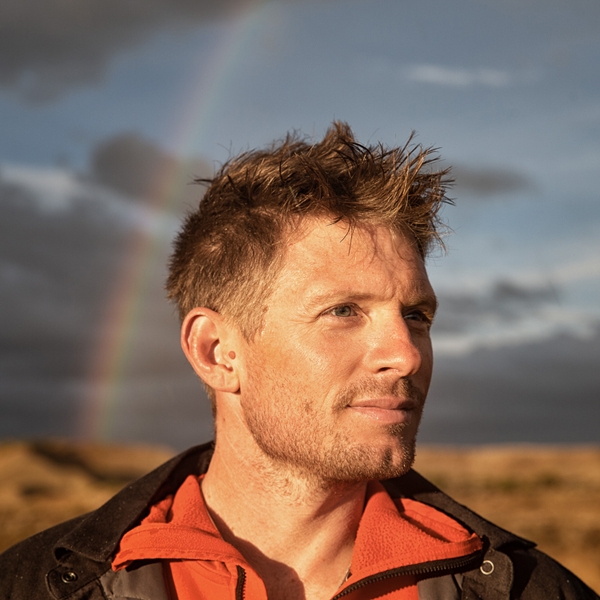Jim Harris Was Paralyzed. Then He Ate Magic Mushrooms.
After becoming paralyzed from the chest down, the mountain athlete found an unlikely ally in recovery: psychedelics
New perk: Easily find new routes and hidden gems, upcoming running events, and more near you. Your weekly Local Running Newsletter has everything you need to lace up! .
Against all odds, Jim Harris was walking. It was exhausting, and he thought he looked like Frankenstein’s monster—stepping forward with his left leg, then throwing his unresponsive right leg around to meet it. But there he was, at a music festival, getting around with the assistance of a walker, eight months out from a spinal-cord injury that left him paralyzed from the chest down.
In November 2014, a snowkiting accident in Chile changed how the mountaineering instructor turned adventure photographer moved through the world. His days, once spent exploring the alpine, were now filled with rehabilitation exercises in a gym. So when a friend and former physical therapist invited him to the High Sierra Music Festival in Quincy, California, he jumped at the chance to feel like a regular 33-year-old again.
Yet as he settled in to listen to the show, in a grassy field surrounded by tall trees and gentle peaks, he didn’t feel regular. He couldn’t drink alcohol, because it seemed to weaken his remaining nerve connections, and although he’d decorated his walker with LED lights in an attempt at festivity, it didn’t really work. “The disability made me feel like an outsider,” he says. Then someone offered him magic mushrooms, which are packed with the psychoactive compound psilocybin, and he took them, thinking he might finally be able to have fun.
The String Cheese Incident, a Denver-based jam band, played that night, but Harris doesn’t remember the music. He remembers the pink and orange sunset, though, and the way that the clouds seemed to form a pattern of repeating shapes. He’d long had an appreciation for nature, but as a photographer for the likes of National Geographic, he’d also set the bar pretty high.
“There was a level of elitism for me. I wanted the pointiest and biggest peaks and the most dramatic sunsets,” he says. There, however, in the middle of the crowd, watching the setting sun peek through the trees, he realized nature didn’t have to be extreme to be profound.
Reveling in nature’s beauty is common for people on hallucinogens, but something surprising happened to Harris that night. He commandeered an acquaintance’s padded knee scooter so he could rest one leg at a time and still sway to the music. In the middle of a switch, he discovered that he could pick up his right foot and pull it back toward his butt. He tapped his right hamstring with a finger and the muscle contracted—a muscle that had been completely unresponsive since his injury, even in the low-gravity environment of a pool, despite eight months of physical therapy.
With wonder and some degree of hesitation, he showed his physical-therapist friend. They marveled together at what had been impossible for Harris earlier that day. He felt excited, but also confused. He’d been looking for a recreational experience, a way to feel normal and connect with other people. Instead, the trip was therapeutic: his mind and body communicated in a way that they hadn’t since his accident.
The next morning, Harris woke up afraid he’d imagined the whole thing, or that he’d lost his newfound ability while he slept, but his hamstring was still firing. The neuromuscular connection that had formed the night before wasn’t going anywhere.
Today, almost eight years after his injury, Harris has made a recovery that once seemed implausible. He still thinks he walks a bit like Frankenstein’s monster, but he gets around with just the help of a cane—and when the season is right, he skis or rides a mountain bike. Although it may sound far-fetched, Harris’s experience was not a fluke. In the past two decades, researchers have found overwhelming evidence that psychedelics are beneficial for mental health, and now they’re exploring the extent to which they can promote physical healing, too.








